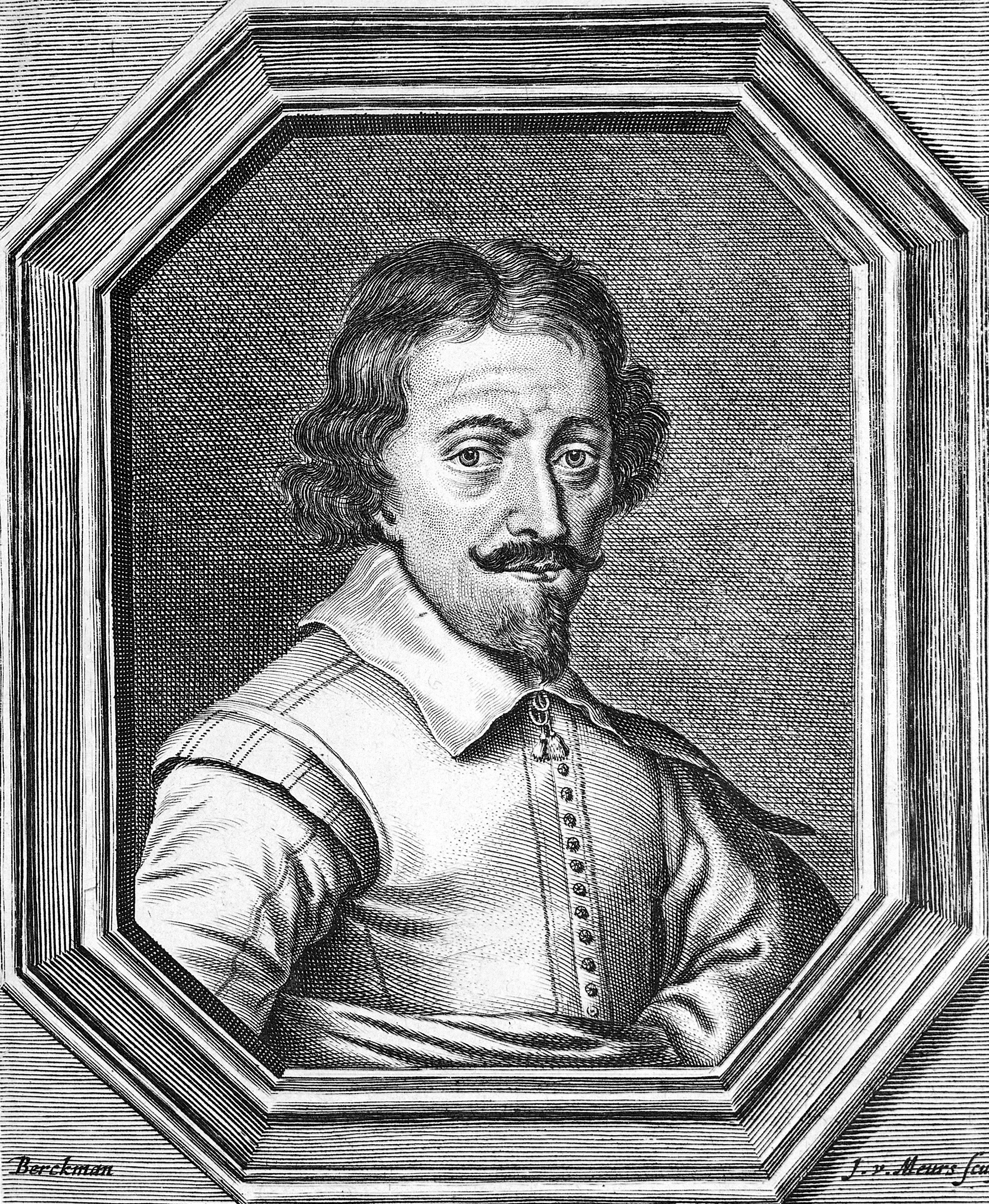Janssen, Zacharias (1580?-1632?) was a Dutch optician. An optician is a maker or seller of eyeglasses and other optical instruments. Janssen is often credited as the inventor of the compound microscope. A compound microscope is an optical device that uses two or more sets of lenses to provide a high magnification of an object. Many details of Janssen’s life and work are unknown.

Janssen was born in the 1580’s in The Hague, the Netherlands. His father, Johannes, was a lens crafter who owned an eyeglass shop in the city of Middelburg. Janssen inherited his father’s shop and learned to craft lenses. He probably built the first compound microscope in the 1590’s. Historians believe it is possible that his father contributed to the invention.
Janssen’s microscope consisted of three sliding tubes. He situated one set of lenses at each end of the device. The ocular lenses at one end of the device (where the eye looks in) had a longer focus than the objective lenses at the other end (where the object is placed). When the microscope was slid fully closed, it had a magnification power of 3X (three times). When it was fully open, the magnification power increased to 9X.
Some historians suspect that Janssen may have also built the first telescope . However, historians most often attribute the invention of that device to Janssen’s contemporary—the German-born Dutch lens crafter Hans Lippershey . Another Dutch lens crafter, Jacob Metius, is also associated with the invention of the telescope. Historians think it is likely that all three of these opticians contributed in some way to the creation and development of the telescope.
In 1613, Janssen was arrested and fined for counterfeiting Spanish copper coins. Despite the fine, he continued to duplicate money. In 1618, he was sentenced to death for counterfeiting silver and gold coins. Janssen escaped the sentence, but financial difficulties forced him into bankruptcy by 1628. He died around 1632. Janssen’s microscope made an immense impact in the field of science, directly influencing the work of Anton van Leeuwenhoek , Galileo , and other renowned scientists of his time.
